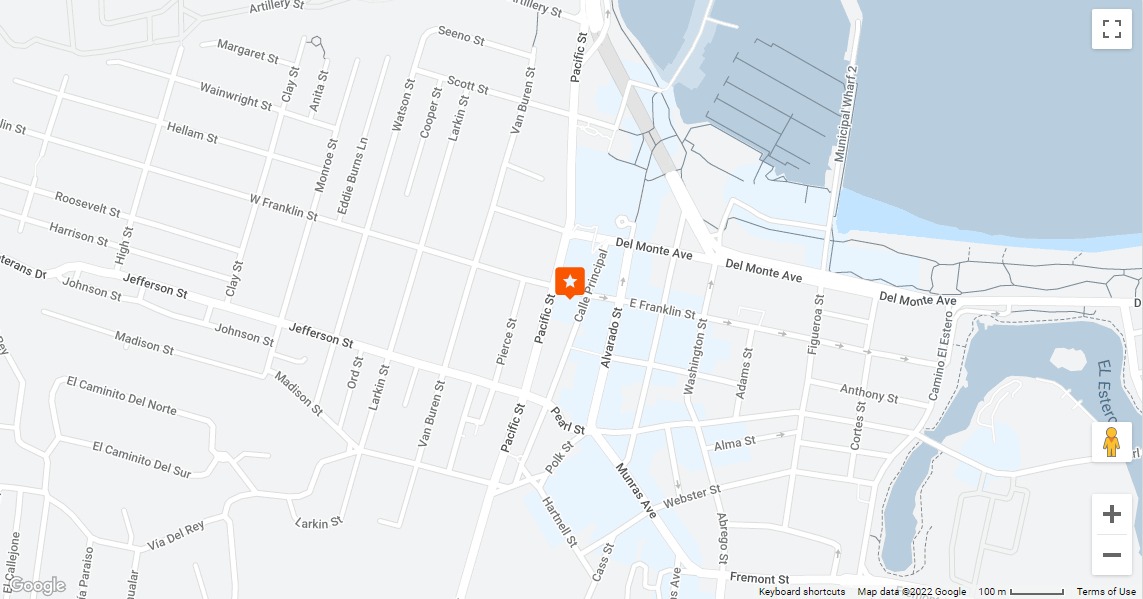What Laws Cover E-Bikes in California?

The national average, for a gallon of regular gasoline, hit $4.33 in March 2022. California reached $5.91 per gallon! Not surprisingly, people have been increasingly turning to Electric Bikes or E-Bikes.
Electric Bikes sold like hotcakes in the first quarter of 2022, which was impressive, because E-Bikes were already selling well during the COVID pandemic. Industry experts attribute the increased sales to people looking to get more exercise, people looking to be more eco-friendly, people having to commute again to the office, and, of course, the increased cost of gasoline. It is also being spurred on by states like California offering incentive programs to subsidize the cost of electric bikes.
In California, to be street legal, electric bikes are typically conventional bikes, that are operated with pedals, and an electric motor, producing under 750 watts. In California, electric bikes can’t exceed 28 miles per hour on leveled ground. An electric bike’s motor must cease to function when the breaks are applied. Users can’t modify electric bikes to change the 28 miles per hour speed limit.
California law divides electric bikes into three different classifications that determine when and how you can ride. Class 1 e-bikes, are basically regular bikes, that have a small motor to assist with pedaling. Class 2 e-bikes have a motor, which can be controlled by a throttle, which allows the e-bike to be powered without pedaling. For the most part, these Class 1 and Class 2 e-bikes are slower-speed (under 20 miles per hour), rechargeable bicycles, allowed anywhere regular bikes are allowed, unless there is a posted sign specifically prohibiting e-bikes. But, Class 3 e-bikes have supported speeds of up to 28 miles per hour. They cannot be utilized on bike paths, or trails, unless it is specifically allowed by local municipalities. But, these electric bikes can be used on bike lanes and/or detached bikeways, unless otherwise regulated by local municipalities. Class 3 electric bikes always require the use of a helmet, and cannot be used by riders under 16.
With increased speed comes increased danger, and responsibility. E-Bikers must observe all the other rules of the road that apply to bicyclists like these ten laws every California bicyclist should know:
- They must follow the vehicle code;
- They must ride their bike on the right side of the road;
- They must ride with traffic;
- They must use bike lanes if they’re available;
- They should yield to pedestrians;
- They must stop at, not in, crosswalks;
- They must be properly equipped, and appropriate sized (No Bone Shakers);
- They must wear a helmet no matter what if they are under 18;
- They must have an ear open; and
- Drivers must provide at least a three-foot buffer when passing.
E-Bikers can also watch their speed. Just because the bike can for 20 miles per hour, doesn’t mean it should. E-Bikers can also watch out for cars, other bikes, and pedestrians. E-Bike Riders can also be aware of their surroundings, and be mindful of weather, road, and vehicle conditions. Like other bikers, e-bikers might consider wearing brightly colored and high contrasting clothing to make it easier to see them.
E-Bike riders can also familiarize themselves with their electric bikes before jumping on. They can practice in empty lots before venturing into busy roads, at high speeds, where they are more likely to get into accidents. E-Bikes can accelerate very quickly leading to disastrous results for many novice, and even more experienced, riders. Pedal assist features can help acclimate beginning e-bikers. Although starting up and slowing down can still be tricky.
E-bikes make awesome car replacements, especially in cities like San Francisco. Unfortunately, the speed and the congestion of the city can be a deadly combination. But, e-bikers who know the law, and know how to ride safe are less likely to get injured while motoring and/or pedaling around out there.
E-bikers should also take a minute to check out some of our others posts on biking answering questions like:
- What do I need to do to be sure my bike is street legal in California?
- What do I do if I have been in an accident on my bicycle?
- When should I replace my bike helmet? and even
- How do I pick a bike helmet for my kid?
Stay safe and have fun out there!
OUR FAST, FREE, CONFIDENTIAL, CASE-EVALUATION FORM IS DESIGNED SO YOU CAN TELL YOUR STORY, DIRECTLY TO JOHN
START AN EVALUATIONYour responses will go straight to John’s inbox. John will review and respond by the end of the business day. If John thinks he can help, he’ll email you a link to schedule a free consultation with him. If John doesn’t think he can help, he’ll email you resources to help you understand the law, find a qualified lawyer to help you, and take steps to protect your rights. No waiting around.


